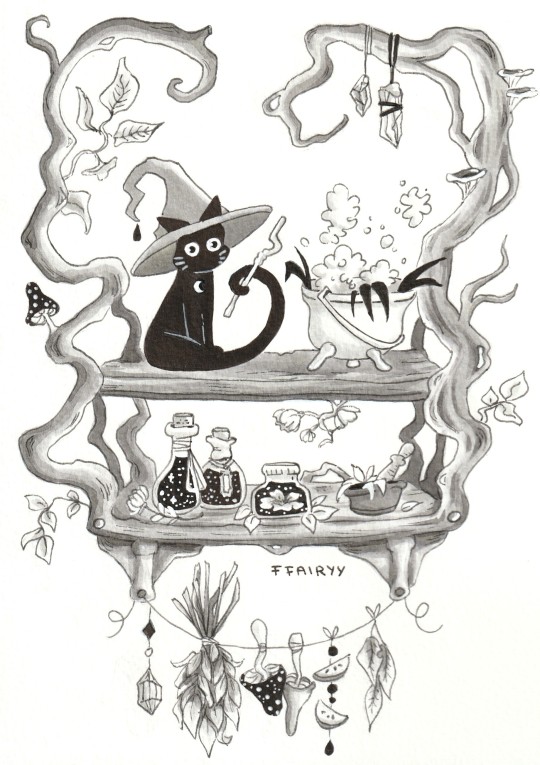Text

pigeon pattern
prints: https://www.inprnt.com/gallery/guilhernunes/pigeon-pattern/
a pattern full of pigeons in an orange background
1K notes
·
View notes
Text

You don’t understand dinosaurs until you’ve been stared down in-person by a shoebill stork. Thanks, Dallas World Aquarium. 🙃
My painting is traditional watercolor on 3.5 x 5 inch paper. This piece has been sold.
shop, instagram, ko-fi
291 notes
·
View notes
Text

Arttober 2023 Day 14 - Black Cat 🖤🐾
60 notes
·
View notes
Text


The tension was a bitch to keep regular on this one but I'm really happy I finally got around to testing out this pattern
111 notes
·
View notes
Text

751. Chroma Echo Two (10x12) by AnitaNH
6 notes
·
View notes
Text

watercolor sketchbook
824 notes
·
View notes
Text


glasses case i made for my beloved friend @nepeteaa 's bday featuring their cat poppy! 🍂
1K notes
·
View notes
Text





now that it's been christmas gifted i can share this dandelion mug! my first wheel-thrown mug!! it turned out pretty nice if i do say so myself :^)
2K notes
·
View notes
Text

Dwurożec Aleksandra Czudżak
117 notes
·
View notes
Text






fighting art block with silly little projects like this Teapot Animal, sipping from your cup. i finally got to experiment with gold leaf on a bjd & that was a lot of fun.
19K notes
·
View notes
Text

Moleskine time.
Have a nice 2025 everyone.
27 notes
·
View notes








